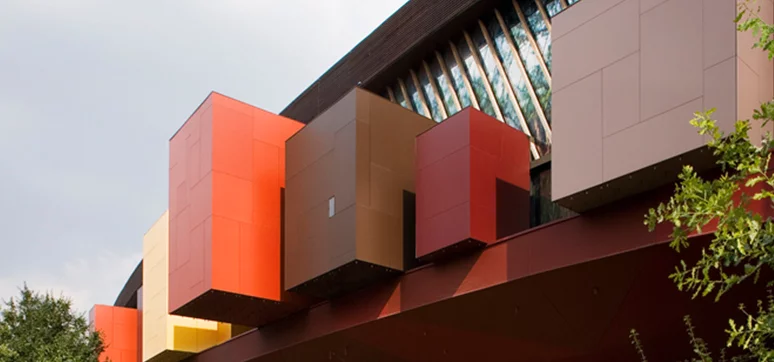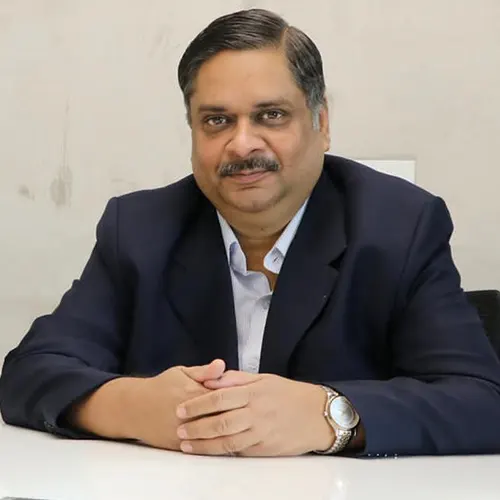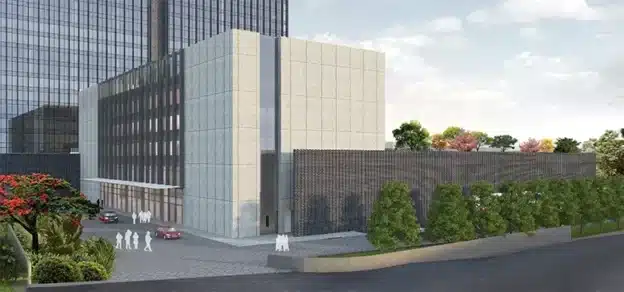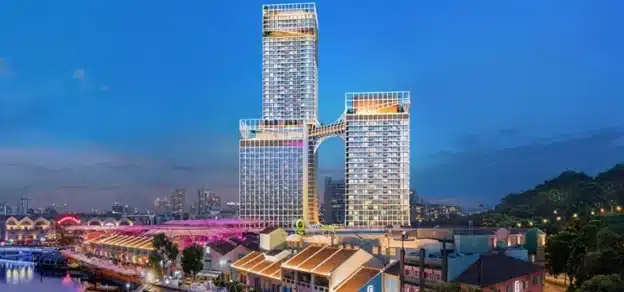Alacquered wooden bowl dating back to 5000-4500 BC found at Hemudu, China is probably the oldest reference available on the origin of this modern-day technology. The technique of combining fibre with resin was originally intended to provide waterproof protection to wood and bamboo. However, due to the extreme durability of such finishes, which is almost completely impervious to water and highly resistant to damage by acids or abrasion, numerous lacquered items have been unearthed in perfect conditions over the last many centuries.
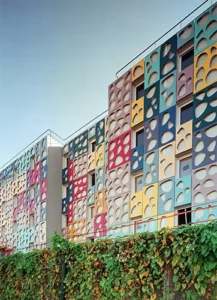
This shows the durability of the material. It is also fundamentally what is still done today in the production of wood/kraft paper based cladding materials like High-Pressure Laminates aka HPL. But how these fibres are strengthened with resin has completely changed over this long period.
Chemistry as well as the whole application process has changed. This is what makes one product different from another though all claim to be a combination of wood and resin. From Phenol-Formaldehyde to Melamine to Acrylic made the panels highly resistant to the UV radiation of the sun, a big plus to prevent colours from fading. These changes dramatically increased the design and colour possibilities for architects and made the material far more durable. In 1969, a Dutch company called Trespa tested if its materials could be applied to the exterior of the building – and it worked!
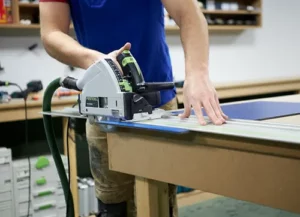
That’s how the journey of exterior cladding of buildings using laminated materials began and High-Pressure Laminate was borne. In 2001, Westag introduced an acrylic-based solid surface that bends easily in the manufacturing process enabling it to fit on any surface seamlessly. The material provides a high level of colour consistency, is repairable and is non-porous.
In 2013, Fenix launched super matt laminates which are soft to touch, anti-fingerprint and make thermal healing of micro-scratches possible. Fenix has been launched in North America and Asia in 2020 by Formica. Technology didn’t stop here. In 2020, new lignin-based resins that use 50% less phenol, making the materials more sustainable have been introduced. Reducing our environmental footprint should be one of the key priorities of the cladding industry.
Energy used as well as water consumed per square foot of cladding material produced is what makes the difference between a good and a bad supplier. Longevity is also a form of sustainability that is often overlooked! Materials that last longer without warping or losing colour should be a preferred choice from the point of view of saving the environment. Future lies in Impact Panels – panels that impact their environment.
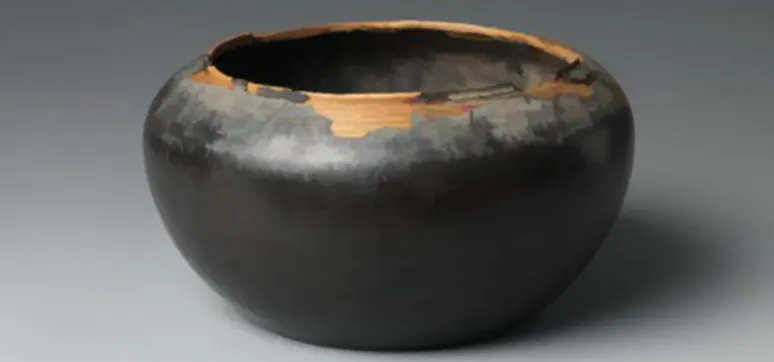
Companies are working on integrating energy generation or storage into panels that include computer chips and sensors. Research is being done in interactive panels. Formica has introduced Intentek – an HPL based wireless charging surface. You can put a mobile phone on the Intentek table and it gets charged! Cladding materials are having a fantastic journey. (Reference – Of Matter Spring 2021 Issue – a publication of TRESPA and FORMICA group.)

